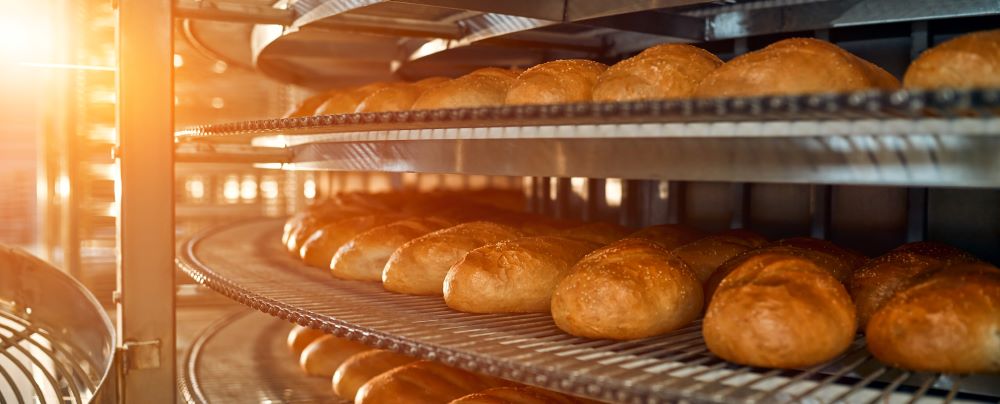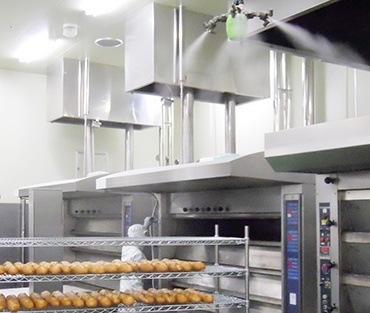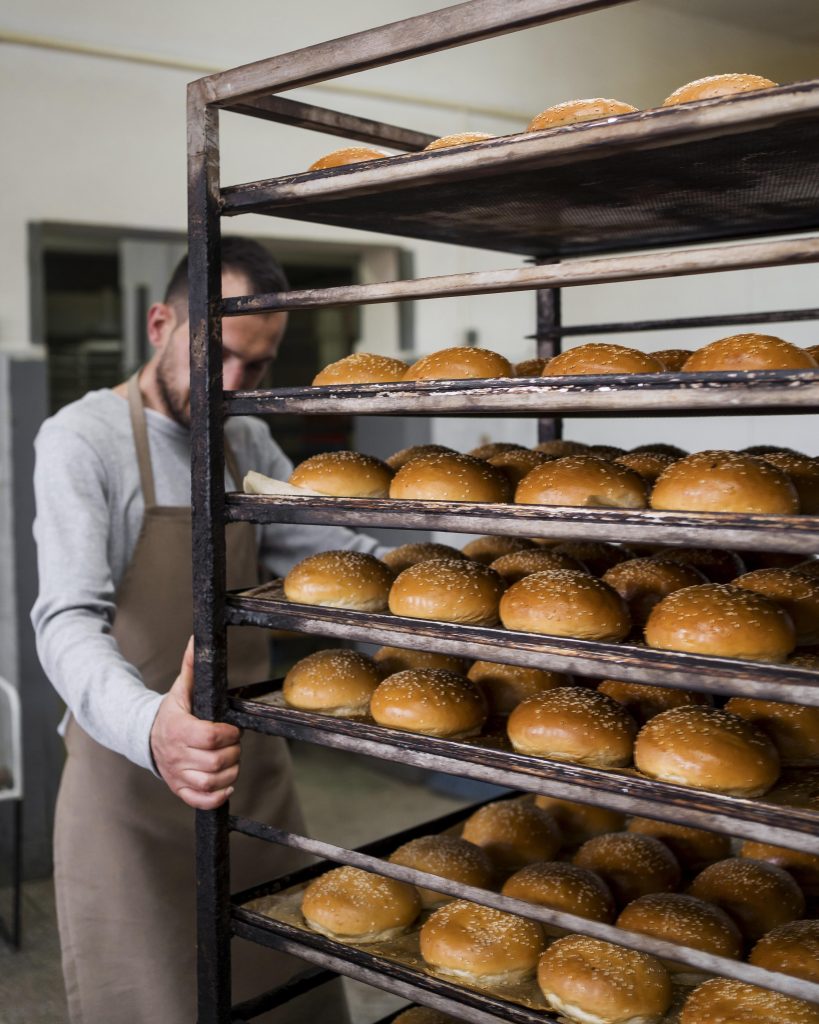June 19, 2023
Humidity control for bakeries

Humidity control in bakeries is crucial for achieving consistent dough quality, optimal yeast fermentation, desirable crust formation, extended shelf life, and a conducive baking environment. It ultimately contributes to the production of high-quality, delicious baked goods.
Humidity control in bakeries is essential for maintaining optimal conditions in the bakery environment. Excessive humidity can lead to the growth of mold and spoilage of ingredients, while low humidity can result in ingredient dehydration and affect the overall quality of baked goods. Additionally, humidity control helps prevent equipment corrosion and malfunction, ensuring the longevity and efficiency of bakery machinery.
4 steps in the baking process where humidity control is important:
Dough consistency:
Humidity affects the moisture content of the dough during the baking process. If the humidity level is too high, the dough can become sticky and difficult to handle. On the other hand, low humidity can cause the dough to dry out, resulting in poor texture and flavor. Controlling humidity ensures consistent dough consistency, leading to better quality baked goods.
Yeast fermentation:
Yeast plays a vital role in the baking process as it helps the dough rise and develop flavor. It is highly sensitive to changes in humidity. High humidity can cause excessive yeast activity, resulting in over-fermentation and a gummy texture. Conversely, low humidity can slow down yeast activity, leading to under-fermentation and dense products. Proper humidity control ensures optimal yeast fermentation, contributing to light and airy baked goods.
Crust formation:
Humidity affects crust development during baking. Higher humidity levels in the oven can delay crust formation, resulting in pale and soft crusts. On the other hand, low humidity can lead to excessive crust formation, creating a thick and overly crispy exterior. By controlling humidity levels, bakers can achieve the desired texture, color, and crispness of the crust.
Shelf life and texture:
Humidity control also influences the shelf life and texture of baked goods. In a high-humidity environment, products like bread and pastries can quickly become stale and lose their desirable texture. On the contrary, low humidity can cause products to dry out and become hard. Maintaining appropriate humidity levels helps preserve freshness and extend the shelf life of baked goods.
Solution: Humidity control
Humidity control with AKIMist® “E”
- AKIMist “E” sprays a “dry fog”. The droplets are so small ( 7.5 μm). that they bounce back without wetting any surface.
- The AKIMist “E” can spray the dry mist over a distance of 4 meters from each nozzle and can cover a large area with a single unit.
- By installing AKIMist “E”, the rising process can be controlled.
- Learn more about AKIMist here
- Book a demo of AKIMist here

Cooling room and storage
- The temperature will rise in the room when fresh-baked bread is left there
- Avoid mold growth during cooling and storage.
- By spraying alcohol through spray nozzles installed in the cooling duct, the room is disinfected and mold is avoided.
- The BIMK series is a hollow cone pneumatic spray nozzle.
- It produces fine atomization with a mean droplet diameter of 100 μm or less
- Find it here: BIMK

Find other food processing solutions here
